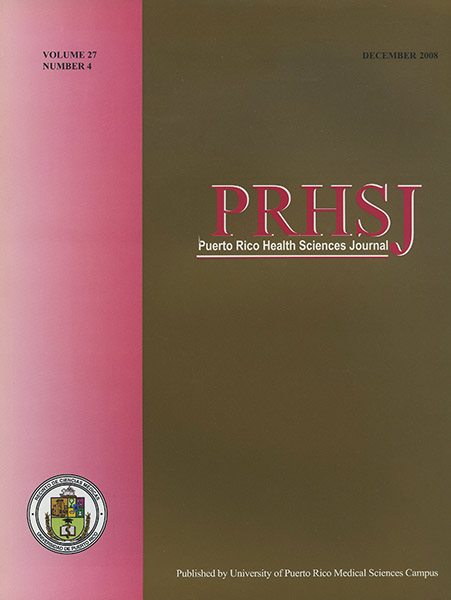Abstract
Purpose: To report a patient with glaucoma who developed recurrent herpetic keratitis while using two different prostaglandin analogue ophthalmic solutions. Results: A 72 year-old male patient with primary open angle glaucoma and a history of herpetic keratitis in the left eye experienced recurrent herpetic keratitis in the left eye after treatment with latanoprost ophthalmic solution. Herpetic flares were controlled after discontinuation of latanoprost. Adding travoprost ophthalmic solution 0.004% to his glaucoma therapy was also associated with a recurrence of herpetic keratitis. Conclusion: To our knowledge, this is the first case in which travoprost has been associated to recurrent herpetic keratitis. Further, this is the first report in which a patient has a recurrence of herpetic keratitis associated to two different prostaglandin analogues. These findings suggest that patients with recurrent herpetic keratitis associated to a prostaglandin analogue might be predisposed to a flare -up with other prostaglandin analogues.
Authors who publish with this journal agree to the following terms:
a. Authors retain copyright and grant the journal right of first publication with the work simultaneously licensed under a Creative Commons Attribution License that allows others to share the work with an acknowledgement of the work's authorship and initial publication in this journal.
b. Authors are able to enter into separate, additional contractual arrangements for the non-exclusive distribution of the journal's published version of the work (e.g., post it to an institutional repository or publish it in a book), with an acknowledgement of its initial publication in this journal.
c. Authors are permitted and encouraged to post their work online (e.g., in institutional repositories or on their website) prior to and during the submission process, as it can lead to productive exchanges, as well as earlier and greater citation of published work (See The Effect of Open Access).
